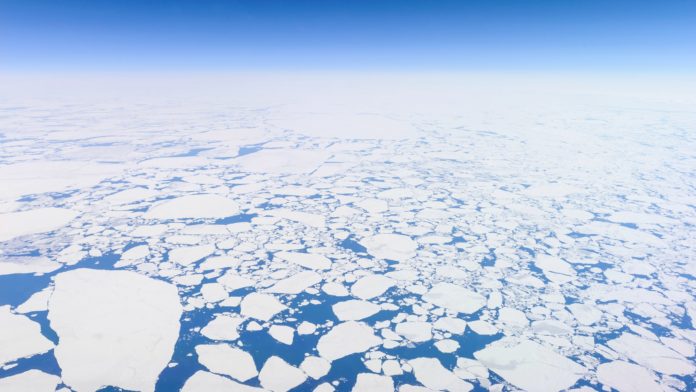Our planet’s ice ages used to occur at intervals of every 40,000 years. This made the scientists keen as the Earth’s seasons vary in a predictable way, with colder summers occurring at these intervals. However, there was a point, around a million years prior, called the ‘Mid-Pleistocene progress’, in which the ice age interims transformed from like clockwork to at regular intervals.
Scientists at the Cardiff University, for the first time, have shown that ice ages are accompanied by a rapid build-up of sea ice in the Earth’s oceans. They have revealed how sea ice has been contributing to the waxing and waning of ice sheets over the last million years.
Scientists identified molecules produced by tiny marine algae preserved in ocean sediments and reconstructed sea-ice conditions during the Mid-Pleistocene transition.
They found that at the same time as the cycles of ice ages changed from 40,000 years to 100,000 years there was a particular increment in ocean ice degree and an adjustment in the beat of ocean ice develop crosswise over atmosphere cycles.
With less water evaporating into the atmosphere, there would be less moisture being transported to continental glaciers which, in turn, would cause them to retreat and help in the transition from an ice age to a warm period.
Henrieka Detlef, a postgraduate researcher at Cardiff University School of Earth and Ocean Sciences said, “Prior to the Mid-Pleistocene transition, sea ice build-up and decay during ice ages was more gradual, whereas in the late Pleistocene, when the cyclicity of ice ages changed, we observed conditions characterised by a prominent short-lived peak in sea ice extent during late ice ages.”
“It’s clear that sea ice plays a fundamental role in the transition from an ice age into a warm stage every 100,000 years.”
“Understanding the interactions of sea ice with the regional ecosystem and oceanography is particularly important with respect to anthropogenic climate change and a rapidly shrinking sea ice cover in the Arctic Ocean. Our study is an important step forward in understanding the role of sea ice for long-term climate change.”
